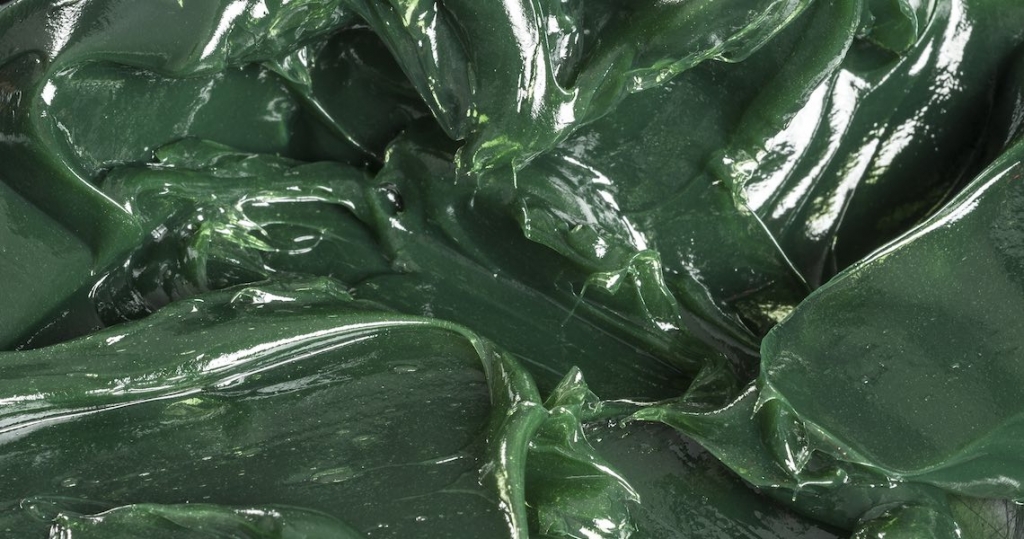Basting a set of pads or caliper slides in lubricant, no matter how expensive it is, will not not solve a noise issue for an extended period of time. Why? Because the excess lubricant can melt or some chemicals can flash off. The melting lubricant can find its way on to the pads causing a judder problem and longer stopping distances.
Excessive lube can also attract debris and dirt. As the lube hardens over time, it turns to a concrete like substance that causes slides and calipers to stick. If excessive lubricant finds its way onto the caliper piston’s boot, the lubricant will attract metal particles that can destroy the rubber.

Shims need only a small amount of lubricant. Some floating one-piece and two-piece shims only require a small amount of lubricant between the surfaces of the shim and pad. There is no need to coat the entire back of a brake pad with a lubricant.
For the caliper anchor pins, use a silicone-based brake grease. Make sure it is compatible with all rubber compounds including nitrile, Teflon, nylon and other synthetic rubbers. For the shims, abutment clips and slides, use a synthetic-based boundary-type lubricant that has a high solids content and typically contains a variety of friction-reducing ingredients, such as molybdenum disulfide (moly or MOS2) and graphite.
Higher-quality pads have better shims that require less lube or even no lube. Too much is a bad thing and can prevent the shim from working.
